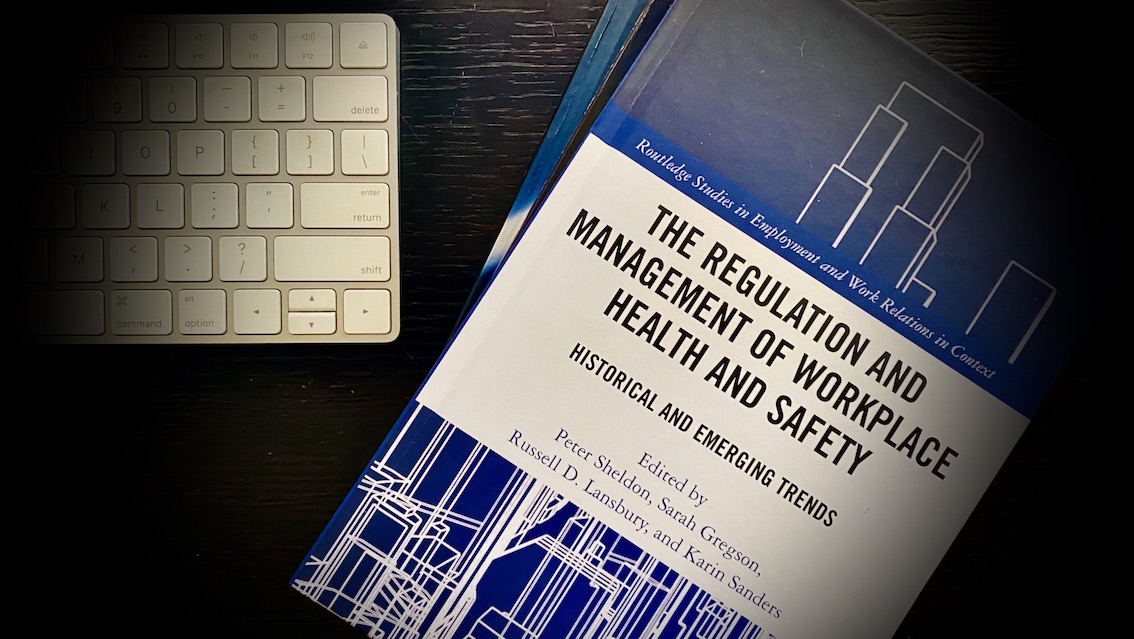The first publication from our research into the West Gate Bridge disaster is now available, in the book The Regulation and Management of Workplace Health and Safety: Historical and Emerging Trends (2021, Routledge).
Here is the abstract:
On 15 October 1970 in Melbourne, Australia, a span of the West Gate Bridge fell during construction, killing 35 employees. The subsequent Royal Commission Report into the causes of the collapse cited a number of problems with the erection of the steel structure, including poor engineering practices, design flaws, and fragmented management oversight. The report also suggested that industrial action had contributed to the disaster by unduly extending the construction period. In the concluding words of the commissioners, it was argued that ‘the unions and men must bear their share of responsibility for the tragedy that ensued’. Surprisingly, the case study provided by the West Gate Bridge collapse has been little studied outside the engineering discipline but, on the basis of this research, we argue that it raises important considerations for scholars of work organisation and safety today. Using Quinlan’s (2014) ‘ten pathways’ analysis, this chapter examines the contributory factors that led to the West Gate Bridge disaster, including the contested place of health and safety inspection and union influence at this work site.
The book is available as an ebook or hardcover, but with a high scholarly price tag unfortunately. If you are interested in reading it ask your local or university library to order a copy, or contact us directly.
